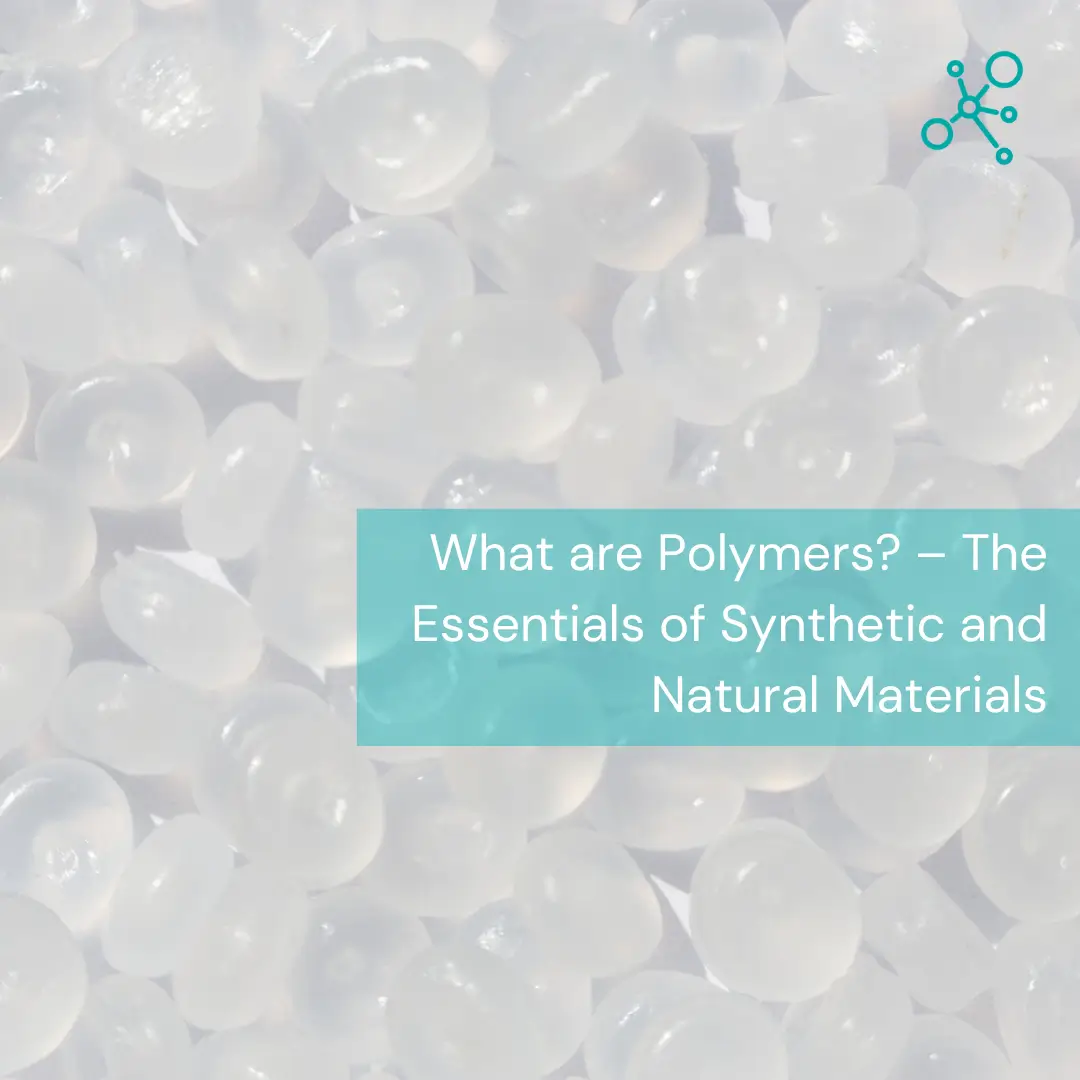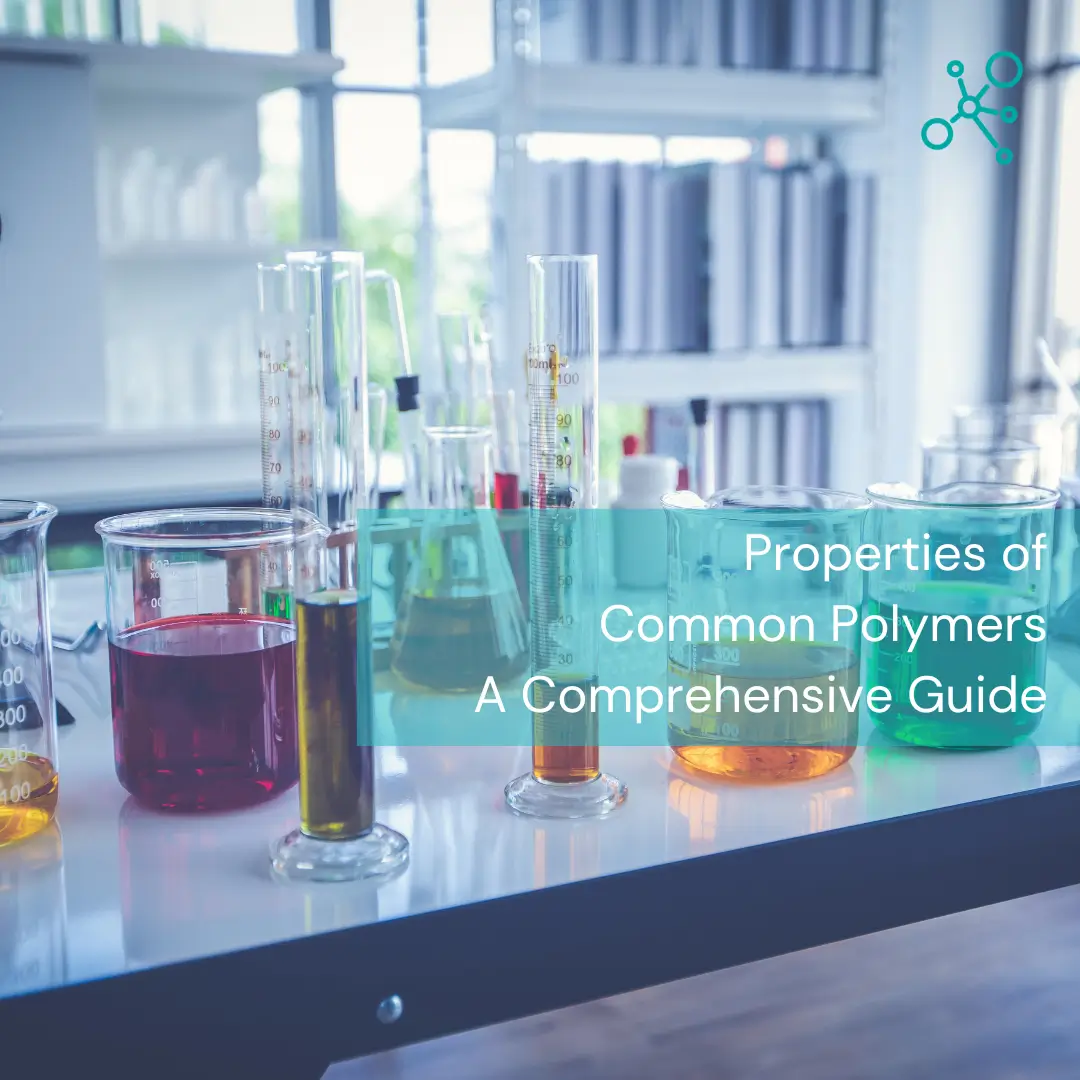
Applications of Polymers in Various Industries
Polymers, with their diverse properties and adaptability, play a pivotal role across various industries. From everyday consumer products to cutting-edge technologies, these macromolecules have revolutionized the way we live and work. In this comprehensive blog post, we’ll explore the applications of polymers, their impact, and future trends.
Table of Contents
- Polymers in Manufacturing and Plastics Industry
- Types of Polymers Used
- Applications in Specific Industries
- Biopolymers and Sustainable Solutions
- Biodegradable Polymers
- Applications in Environmental Conservation
- Advanced Polymers in Cutting-Edge Industries
- 3D Printing Plastics
- Polymers in Aerospace and Sports Equipment
- Future Trends and Challenges
- Smart Polymers
- Recycling and Circular Economy
- Conclusion
I. Polymers in Manufacturing and Plastics Industry
Polymers are the backbone of the plastics industry, shaping our daily lives in countless ways. Let’s delve into their applications:
A. Types of Polymers Used
- Polyolefins:
- Dominant in plastic production.
- Examples: Polyethylene (PE) and Polypropylene (PP).
- Widely used in packaging, containers, and automotive components.
- Styrenics:
- Versatile and cost-effective.
- Polystyrene (PS) finds applications in packaging, insulation, and consumer goods.
- Polyvinyl Chloride (PVC):
- Resilient and adaptable.
- Used in construction (pipes, window frames) and electrical insulation.
- Polyesters:
- Polyethylene Terephthalate (PET): Familiar as beverage bottles and textile fibers.
- Polyurethanes:
- Flexible foams, coatings, and adhesives.
- Vital in furniture, mattresses, and footwear.
B. Applications in Specific Industries
- Automotive:
- Lightweight polymers reduce vehicle weight and enhance fuel efficiency.
- Bumpers, dashboards, and interior components.
- Packaging:
- Plastic films, bottles, and food containers.
- Barrier properties for preserving freshness.
- Construction:
- PVC pipes, insulation materials, and roofing membranes.
- Durable, weather-resistant solutions.
- Electronics:
- Insulating materials for circuit boards.
- Connectors, cable insulation, and housings.
- Medical Devices:
- Biocompatible polymers for implants and drug delivery systems.
- Catheters, prosthetics, and surgical instruments.
II. Biopolymers and Sustainable Solutions
As the world increasingly prioritizes sustainability, biopolymers emerge as eco-friendly alternatives to traditional plastics. Let’s explore their applications and impact:
A. Biodegradable Polymers
- PLA (Polylactic Acid):
- Derived from corn starch or sugarcane.
- Used in packaging, disposable cutlery, and 3D printing filaments.
- Biodegrades in composting conditions.
- PHA (Polyhydroxyalkanoates):
- Produced by bacteria from renewable resources.
- Environmentally friendly plastics.
- Applications in agriculture, medical devices, and packaging.
- Starch-Based Polymers:
- Blends of starch and other biopolymers.
- Used for food packaging, agricultural films, and disposable items.
- Biodegradable and compostable.
B. Applications in Environmental Conservation
- Water Purification:
- Biopolymers for filtration and removal of pollutants.
- Sustainable solutions for clean water access.
- Biodegradable Mulch Films:
- Replace conventional plastic mulch in agriculture.
- Enhance soil health and reduce plastic waste.
- Eco-Friendly Packaging:
- Biopolymers as an alternative to single-use plastics.
- Reduced environmental impact during disposal.
Case Study: PLA in Food Packaging
- PLA-based containers and wraps extend the shelf life of fresh produce.
- Compostable PLA trays reduce plastic waste in grocery stores.
- Balancing functionality, cost, and environmental impact.
Quote:
“The future is green, and biopolymers are leading the way.” — Dr. Eco, Environmental Scientist
III. Advanced Polymers in Cutting-Edge Industries
As technology evolves, so do the demands for high-performance materials. Advanced polymers are at the forefront of innovation, enabling breakthroughs in various fields. Let’s explore their applications:
A. 3D Printing Plastics
- ABS (Acrylonitrile Butadiene Styrene):
- Widely used in additive manufacturing (3D printing).
- Known for its strength, durability, and ease of printing.
- Applications: Prototypes, consumer goods, and automotive parts.
- PEEK (Polyether Ether Ketone):
- A high-performance polymer.
- Exceptional thermal stability and chemical resistance.
- Used in aerospace components (engine parts, structural elements) and medical implants.
B. Polymers in Aerospace and Sports Equipment
- Carbon Fiber-Reinforced Polymers (CFRPs):
- Lightweight and strong.
- Vital in aerospace: aircraft wings, fuselages, and rotor blades.
- Also used in sports gear: tennis rackets, bicycles, and golf clubs.
- Polyimides:
- Heat-resistant polymers.
- Applications in spacecraft components, such as thermal shields and electrical insulators.
- Also used in flexible electronics.
Case Study: PEEK in Medical Implants
- PEEK implants replace metal components (e.g., spinal cages).
- Biocompatible, reducing the risk of rejection.
- Radiolucent, allowing clear imaging during follow-up.
Bold Insight:
“Polymers: Where strength meets versatility.”
IV. Future Trends and Challenges
The polymer landscape is ever-evolving, driven by technological advancements and environmental imperatives. Let’s explore the future trends and challenges shaping the world of polymers:
A. Smart Polymers
- Shape-Memory Polymers:
- These polymers “remember” their original shape and return to it when triggered.
- Applications in robotics, minimally invasive surgery, and self-healing materials.
- Imagine a robot with shape-changing limbs or a stent that adapts to blood vessel contours.
- Conductive Polymers:
- Polymers with electrical conductivity.
- Flexible electronics, sensors, and wearable devices.
- Think of bendable screens, smart textiles, and biometric sensors.
B. Recycling and Circular Economy
- Closed-Loop Recycling:
- Shift from linear (use-dispose) to circular (reuse-recycle) models.
- Recover and recycle used polymers to reduce waste.
- Collaborate with manufacturers, consumers, and policymakers.
- Chemical Recycling:
- Transform polymers back into monomers.
- Address challenges posed by mixed plastics and contaminated materials.
- Innovations in depolymerization techniques.
Bold Prediction:
“Smart polymers will revolutionize healthcare, while circular economy practices will redefine sustainability.”
In conclusion, polymers remain at the heart of innovation, bridging science and industry. As we navigate the challenges ahead, let’s embrace the potential of these remarkable materials.
Conclusion
In this exploration of polymers, we’ve witnessed their remarkable impact across diverse industries. From everyday plastics to cutting-edge materials, polymers shape our world. Let’s recap our journey:
- Polymers in Manufacturing and Plastics Industry:
- Polyolefins, styrenics, PVC, polyesters, and polyurethanes dominate plastic production.
- Automotive, packaging, construction, electronics, and medical devices benefit from polymer applications.
- Biopolymers and Sustainable Solutions:
- PLA, PHA, and starch-based polymers offer eco-friendly alternatives.
- Water purification, biodegradable mulch films, and sustainable packaging contribute to environmental conservation.
- Advanced Polymers in Cutting-Edge Industries:
- ABS and PEEK revolutionize 3D printing and aerospace.
- Carbon fiber-reinforced polymers and polyimides redefine lightweight materials.
- Future Trends and Challenges:
- Shape-memory polymers and conductive polymers lead the way.
- Closed-loop recycling and chemical recycling drive sustainability.
As we move forward, let’s embrace smart polymers, circular economy practices, and the promise of a greener future. Thank you for joining us on this polymer odyssey! 🌟🔬🌎

